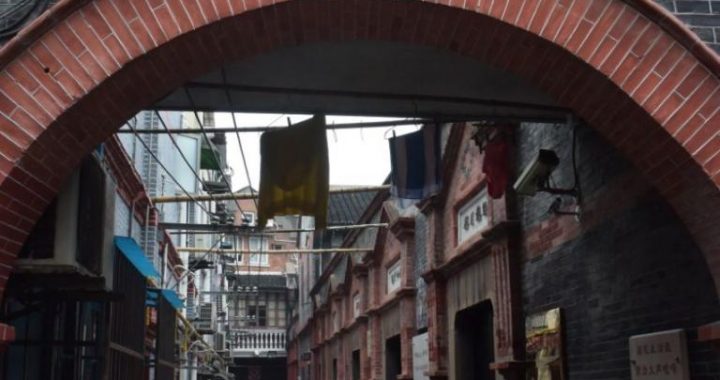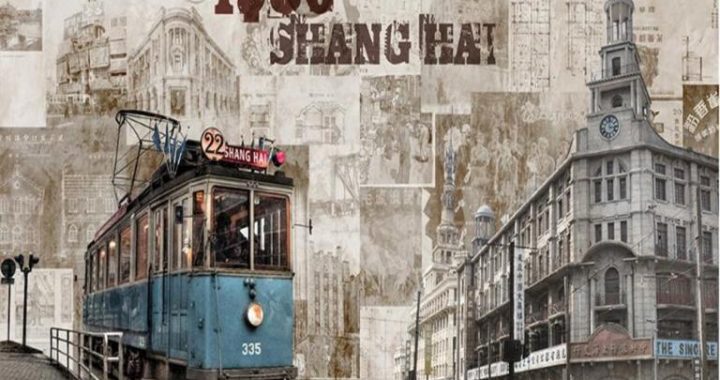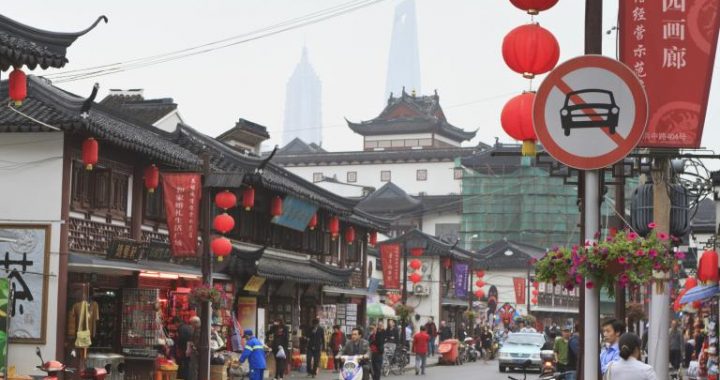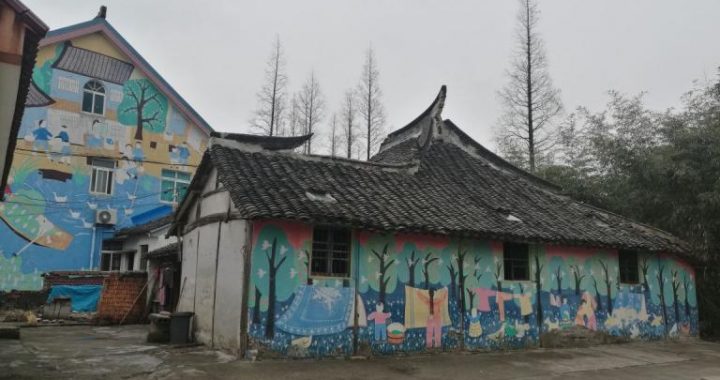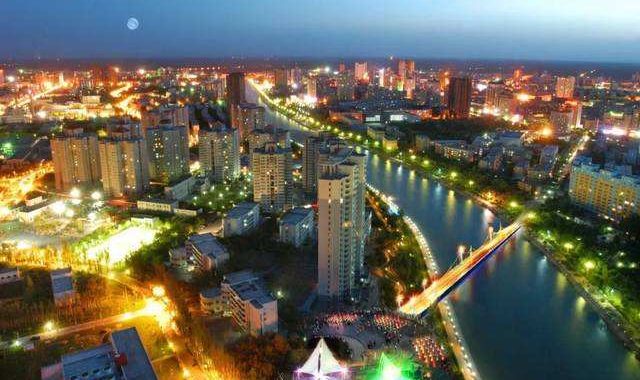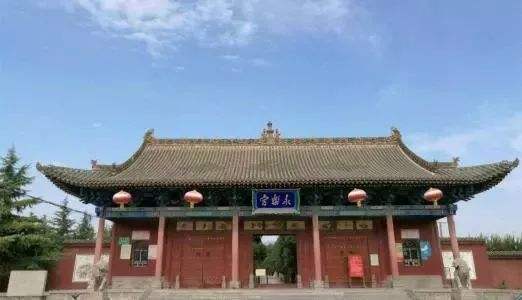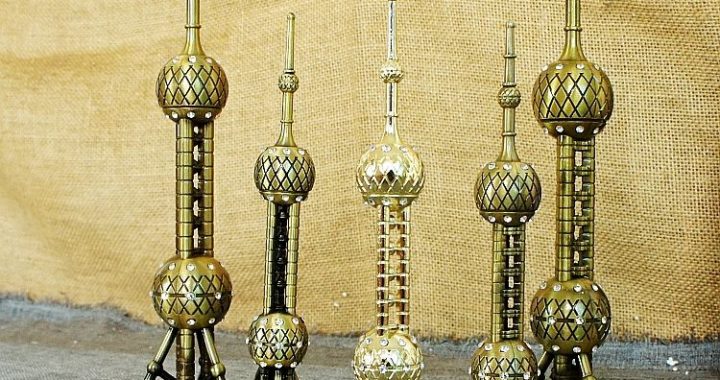Shanghai in Old Days
2 min readOne unique cultural element in Shanghai is the Shikumen residences,which are two-or three-story townhouses with the front yard protected by a high brick wall.Each residence is connected and arranged in straight alleys,known as a longtang,pronounced longdang in Shanghainese.The entrance to each alley is usually surmounted by a stylistic stone arch.The whole resembles terrace3 houses or townhouses commonly seen in Anglo-American countries,but distinguished by the tall and heavy brick wall in front of each house.The name“Shikumen”means“stone storage door”,referring to the strong gateway to each house.
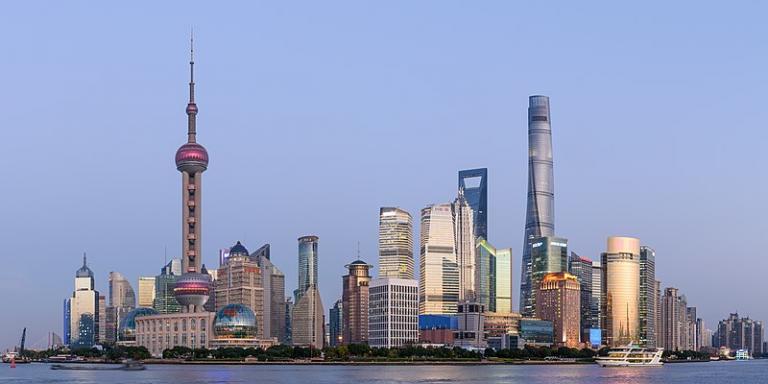
Because of Shanghai’s status as the cultural and economic center of East Asia in the first half of the twentieth century,it is popularly seen as the birthplace of everything considered modernin China.It was in Shanghai,for example,that the first motor car was driven and (technically)the first train tracks and modern sewers4 were laid.It was also the intellectual battleground of writers who concentrated on critical realism,which was pioneered by Lu Xun and Mao Dun.
Other Shanghainese cultural artifacts include the cheongsam(Shanghainese:zansae),a modernization of the traditional Manchurian qipao.This contrasts sharply with the traditional qipao,which was designed to conceal the figure and be worn regardless of age.The cheongsam went along well with the western overcoat and the scarf,and portrayed a unique East Asian modernity,epitomizing the Shanghainese population in general.As Western fashions changed,the basic cheongsam design changed,too,introducing high-neck sleeveless dresses,bell-like sleeves,and the black lace frothing at the hem of a ball gown.By the 1940s,cheongsams came in beaded bodices,matching capes and even velvet.Later,checked fabricsbecame also quite common.The Shanghainese styles have seen a recent revival as stylish party dresses and the fashion industry has been rapidly revitalized in the past decade.
